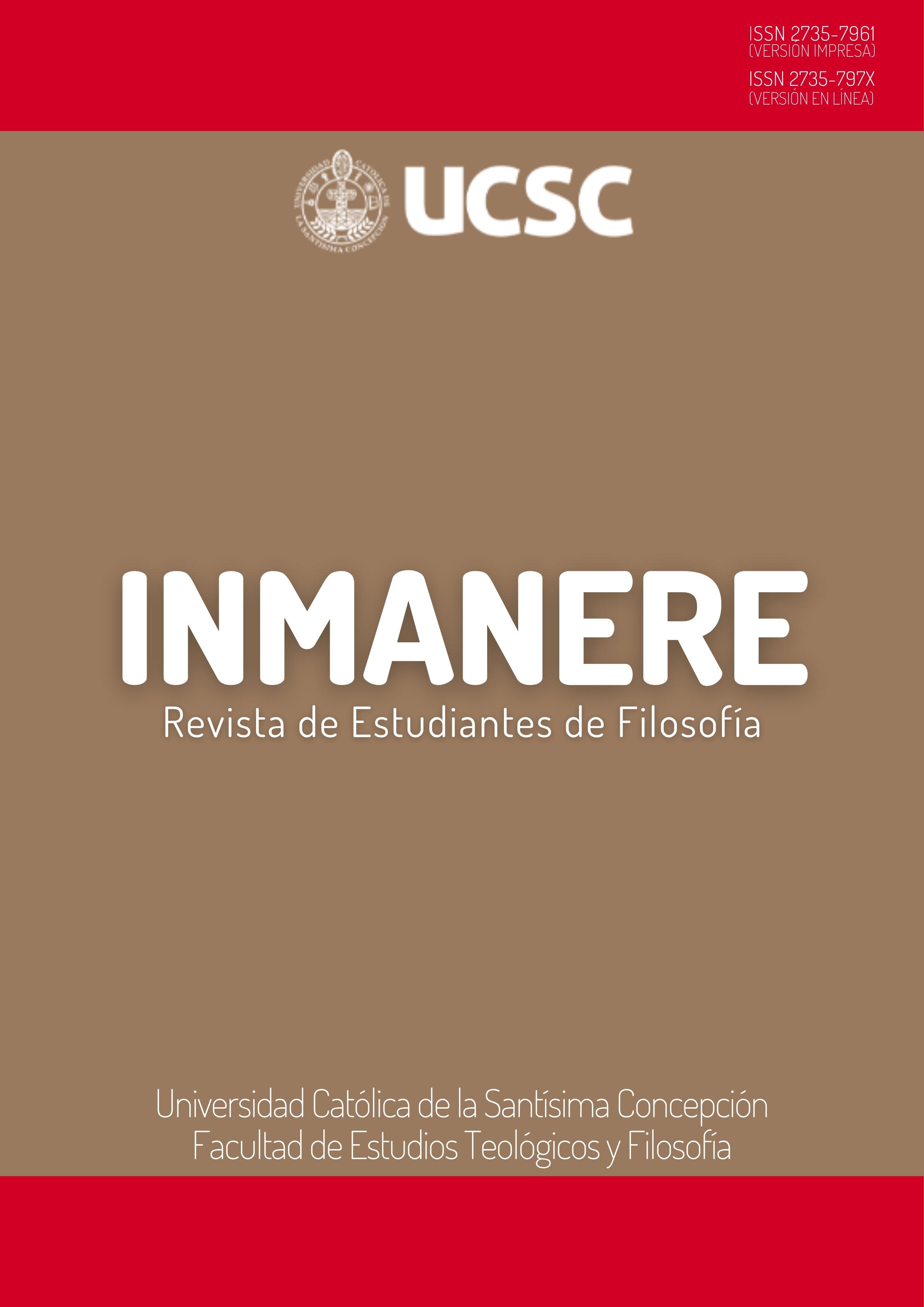The Profound Persistence of Christian Eschatological Structures in the Western World Today
Main Article Content
Abstract
Christian eschatology has left an indelible mark on the fabric of Western thought, infiltrating and shaping its fundamental ideological structures. Even in an era defined by pronounced secularism, these doctrinal foundations persist with remarkable tenacity. The purpose of this study is to demonstrate how Christian narratives of history, imbued with eschatological hope—particularly those articulated in the paradigmatic works of Saint Augustine, The City of God and The Confessions—continue to exert influence on philosophical speculation, the political sphere, visions of technical-scientific progress, and strategic responses to current environmental crises. This work argues that the attempt to forge an entirely secular reality is an illusion. The very structure of our thought is nothing more than the legacy of a Christian worldview that has been recontextualized, metamorphosed, and sometimes secularized in its form and function. Through this analysis, it will be revealed how the patterns and structures of Christian eschatological thought have not only withstood the passage of time but continue to emerge as enduring signals in the collective psyche of Western civilization, influencing interpretations of history and our contemporary stances.
Article Details
Section

This work is licensed under a Creative Commons Attribution-NonCommercial 4.0 International License.
The work is licensed under a Creative Commons Attribution 4.0 International License. This license allows sharing and adaptation of the material in any medium or format, even for commercial purposes. Proper attribution must be given, including a link to the license and indicating any changes made to the material. No additional restrictions may be applied that legally limit others from exercising the permissions granted by the license.
How to Cite
References
Referencias
Agustín, S., & De Hipona, A. (2023). Confesiones de San Agustín (Libro 10, pp. 295, 305).
Aquino, S. T. (20 de julio de 2024). Introducción del ente y la esencia. https://tomasdeaquino.org/introduccion-el-ente-y-la-esencia/
Antiseri, D. (2007). Historia de la filosofía VII. Editorial San Pablo.
Biblia - Catholic.net. (s.f.). (20 de Julio 2024) Apocalipsis 1:8. Recuperado de http://www.biblia.catholic.net
Biblia - Catholic.net. (s. f.). (20 de julio 2024) Romanos 8, 19-23. Recuperado de http://www.biblia.catholic.net/
Buyst, I., Vilhena, M. A., Da Silva, J. A., & Blank, R. J. (2004). Una esperanza más allá de toda esperanza: Antropología y escatología. Siquem Ediciones. de Lara, F. (2007). Heidegger y el cristianismo de San Pablo y San Agustín. Eidos, (7), 28-46.
Eliade, M. (1956). Lo sagrado y lo profano. Ermitaño.
Faje. (20 de julio de 2024). Teología latinoamericana. Enciclopedia digital. . https://teologicalatinoamericana.com/
Gandolfo, R. (1994). De Aristóteles a Heidegger. Ediciones Universidad Católica de Chile.
Hegel, G. W. F. (2017). Fenomenología del espíritu. Fondo de Cultura Económica.
Khatib, S. (2019). La Promesa de la Inteligencia Artificial: Redención o Desilusión". . Revista de Ética y Tecnología. . https://doi.org/DOI: 10.1007/s13347-019-00367-8.
Lowith, K. (1973). El sentido de la historia. Ed. Aguilar




